Healthy Eating Made Eye-Catching: Tips for Delicious Food Photos
In today’s digital age, where social media platforms thrive on visually appealing content, presenting healthy food in a mouthwatering way is essential for both personal endeavors and professional influence. Food photography not only enhances the appeal of nutrition but also inspires others to adopt a healthier lifestyle. Whether you’re a food blogger, a health coach, or someone who simply enjoys sharing meals, these tips will help you transform your healthy dishes into stunning visual masterpieces.
1. Understanding the Basics of Food Photography
Before diving into more advanced techniques, it’s important to grasp fundamental concepts in photography. Composition, lighting, and styling are three vital components of any successful food photograph.
Composition
Good composition guides the viewer’s eye through the photograph. It can be divided into several key elements:
-
Rule of Thirds: Imagine a grid overlaying your image divided into thirds. Placing your main subject along these lines or at their intersections creates a more dynamic and interesting photograph.
-
Balance: Ensure that elements in the frame are balanced without looking cluttered. For instance, if you place a bowl of salad on one side of the frame, consider adding a drink or a piece of fruit on the other for harmony.
-
Leading Lines: Use lines within the scene, such as a table edge or the outline of your dishes, to draw the eye toward the main subject.
Lighting
Natural light is your best friend in food photography. Here are some tips for harnessing it effectively:
-
Use Window Light: Position your food near a window to take advantage of soft, diffused light. Avoid harsh midday sun, which can create unflattering shadows.
-
Reflectors: Use white surfaces to reflect light onto your food, brightening any shadows while maintaining a natural look.
-
Golden Hour: Shooting during the golden hour—shortly after sunrise or before sunset—can add a warm glow that enhances the overall atmosphere of your images.
Styling
Food styling plays a pivotal role in how appealing a dish looks on camera. Here are some techniques to elevate your styling:
-
Garnishes: Fresh herbs, spices, or edible flowers can add a pop of color and interest to your dish.
-
Color Contrast: Use contrasting colors to make elements stand out. Bright fruits and vegetables against darker backgrounds can create a stunning visual impact.
-
Serveware: Select plates and utensils that complement the food. Simple, minimalist items often work best to keep the focus on the meal itself.
2. Choosing the Right Equipment
While a professional camera can yield impressive results, great food photography can still be achieved with a smartphone. Here’s what to consider:
Camera
-
Smartphones: Many modern smartphones have excellent cameras and editing tools built-in. Use them, especially if you’re shooting for social media.
-
DSLR or Mirrorless Cameras: These provide higher resolution and more control over settings, which can be beneficial for capturing fine details in your food.
Lenses
-
Macro Lenses: Great for close-ups to highlight texture (like the sheen of an avocado or the bubbles in a carbonated drink).
-
Prime Lenses: A 50mm lens is a versatile choice for food photography, offering a sharp focus and beautiful bokeh.
Tripod
A tripod stabilizes your camera and allows for longer exposure times without motion blur. This is especially useful in low-light conditions.
3. Editing Your Photos
Post-production is crucial in food photography. With the right editing tools, you can enhance the image to make it pop.
Software
-
Adobe Lightroom: Excellent for basic adjustments like exposure, contrast, and color correction.
-
VSCO: A user-friendly app for those who familiarize themselves with mobile editing, it features lots of filters that enhance your photographs without being overbearing.
-
Canva: Great for adding text and graphics to your food images if you wish to promote recipes on your social media.
Tips for Editing
-
Adjust Brightness and Contrast: Increase brightness to make the image more inviting. Adjust contrast to enhance details.
-
Color Correction: Bring out the natural colors of your food. Use the HSL (Hue, Saturation, Luminance) sliders to enhance the hues of tomatoes, greens, and other vibrant ingredients.
-
Crop: Trim distractions and focus on your subject. A tighter crop can make your dish the star of the image.
4. Focus on the Ingredients
Healthy eating is about fresh, vibrant ingredients that can be visually stunning.
Use Fresh Produce
When photographing food, ensure that your ingredients are fresh and colorful.
-
Vibrancy: Use a mix of colors (think greens, reds, oranges) to create contrast and visual interest.
-
Texture: Ingredients with varied textures (crunchy nuts, smooth yogurt, etc.) can add depth to your images.
Showcase Raw Ingredients
Incorporate some raw ingredients in the shot. For instance, place whole vegetables alongside cut pieces to give a sense of preparation and freshness.
5. Play with Angles
The perspective from which you take the photograph can significantly alter the image quality.
Overhead Shots
- Overhead (or flat lay) shots are great for capturing multiple elements of a dish or a bustling scene, such as a breakfast table.
45-Degree Angle
- This angle works well for dishes with height, like layered cakes or stacked pancakes. It offers depth without distorting the food’s proportions.
Close-Ups
- Highlight details by getting close to the food. Focus on textures, drizzles of sauce, or the steam rising from a hot dish.
6. Capture the Process
Documenting the cooking process not only makes for engaging content but also provides context for your finished dish.
Step-by-Step
Take photos at each stage of preparation to engage your audience. Use these images in a blog post or social media carousel to show how a dish evolves.
Behind-the-Scenes
Include elements of your kitchen or cooking space. This adds a personal touch and can make your food feel more relatable and less “staged.”
7. Create a Cohesive Style
When sharing multiple images of food over time, developing a consistent aesthetic can enhance your brand identity.
Color Palette
Be mindful of the colors in your images. Staying within a particular palette can create cohesion.
Backgrounds
Using similar surfaces (like wood or marble) can unify your feed. Consider investing in or creating a few go-to backdrops that complement your food.
Consistent Editing
Using the same filters and editing style across images will help solidify your personal branding and make your photos recognizable.
8. Engage Your Audience
Beyond capturing beautiful photos, engaging your audience is crucial for building a following.
Write Compelling Captions
Accompany your photos with engaging stories or useful tips. Share personal anecdotes, nutritional information, or recipes that can draw people in.
Use Hashtags Wisely
Utilize relevant hashtags to increase visibility and discoverability. Hashtags like #HealthyFood, #FoodPhotography, and #GourmetMeals can help attract a target audience.
Call to Action
Encourage your audience to participate by asking questions or prompting them to share their versions of your recipes.
9. Collaborate with Others
Engaging with fellow food enthusiasts can broaden your audience and provide fresh ideas.
Guest Posts
Contribute to other blogs or invite others to post on yours. This can introduce your work to new audiences.
Cross-Promotion
Partner with health coaches, nutritionists, or food brands to collaborate on posts, fostering wider engagement.
10. Experiment and Have Fun
Food photography should be enjoyable. Be open to experimenting with new techniques, ingredients, and styles.
Try New Dishes
Take photos of foods that are outside of your usual repertoire. This can spark creativity and foster exploration in healthy eating.
Explore Different Cultures
Documenting food from various cultures not only broadens your culinary horizons but also introduces your audience to diverse flavors and traditions.
Mix and Match Styles
Don’t be afraid to try various photography styles. Play around with light, angle, and editing to see what resonates with both you and your audience.
Conclusion
Healthy eating deserves to be showcased not only for its beneficial qualities but also for its incredible beauty. By applying these tips, you will be well on your way to capturing delightful food photos that inspire and engage. Remember, the goal is to communicate your passion for healthy eating while encouraging others to embrace it as well. With practice, your food photography will transform from mere snapshots to artistic expressions that celebrate the joy of healthy living.
References
- Light, Natural. (2022). Light Photography Techniques. Photography Magazine.
- Smith, A. (2020). Food Styling for Photographers. Gourmet Press.
- Jones, L. (2021). The Art of Food Photography. Visual Trends Journal.
- Garcia, M. (2023). Smartphone Photography Tips. Tech Today Journal.
- Roberts, E. (2022). Color Theory in Food Presentation. Culinary Arts Review.


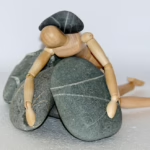












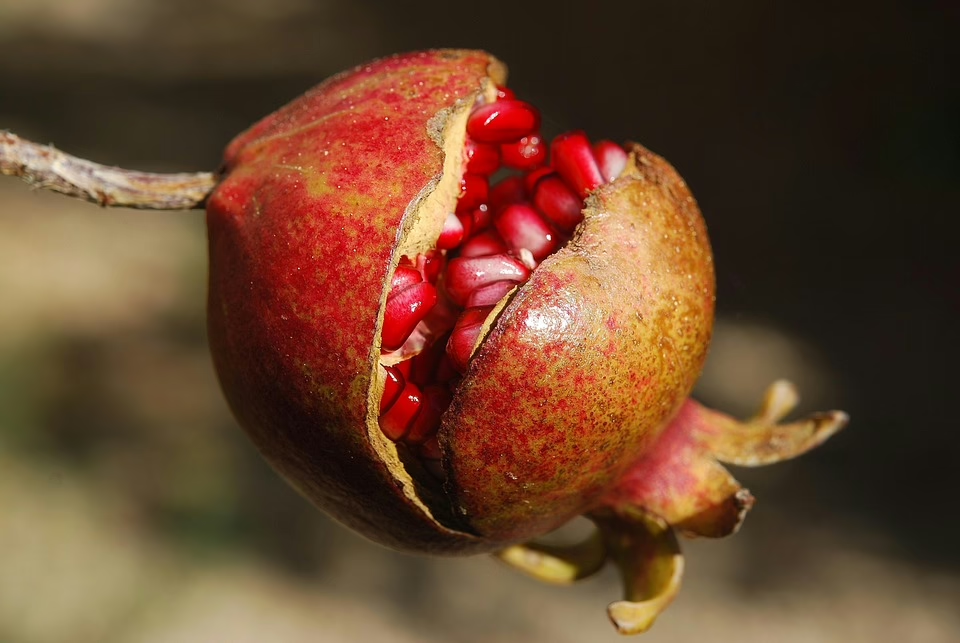
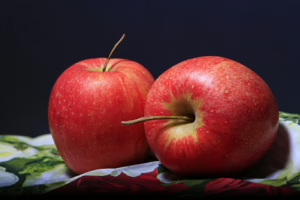
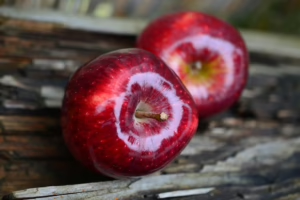
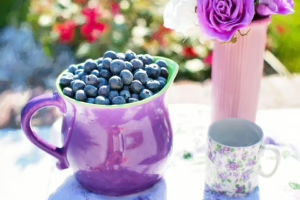
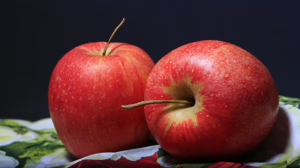
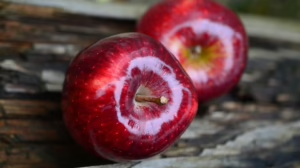
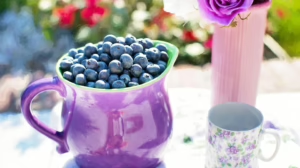




Add Comment